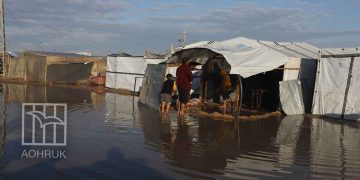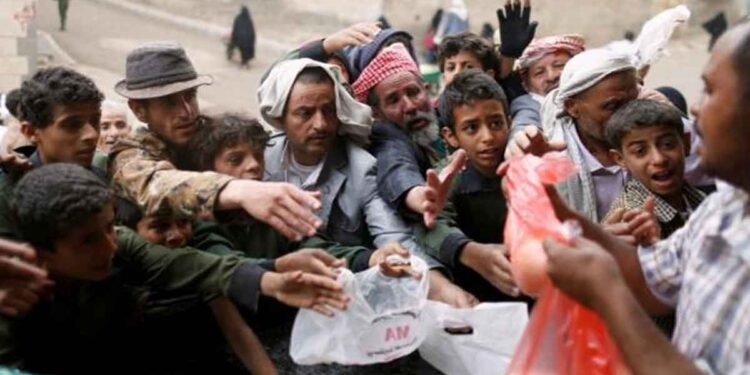Over five years of conflict have left thousands of civilians dead, and 4 million people displaced, the World Food Programme (WFP) revealed.
The conflict’s impact on the country’s infrastructure has been devastating, with major overland routes and airports severely damaged, leaving 20.1 million people in need of humanitarian assistance in 2021
16.2 million people are food insecure
Despite ongoing humanitarian assistance, 16.2 million Yemenis are food insecure.
Even before fighting broke out in early 2015, Yemen was one of the poorest countries in the Arab world. With an average life expectancy below 64, the nation is ranked 179th out of 189 in the 2020 Human Development Index.
Malnutrition rates among women and children in Yemen remain among the highest in the world, with 1.2 million women and 2.3 million children requiring treatment for acute malnutrition. Of these children, 400,000 are at risk of dying without treatment.
Access constraints continue to pose a serious challenge to WFP in several areas, especially where conflict is intense. Despite access and security challenges, WFP and its partners manage to deliver assistance to the vast majority of vulnerable people in the country.
The COVID-19 pandemic now poses a new threat to the people of Yemen. The economic impact of COVID-19 on countries like Yemen – struggling with poverty and devastated by conflict – may be more devastating than the disease itself.































